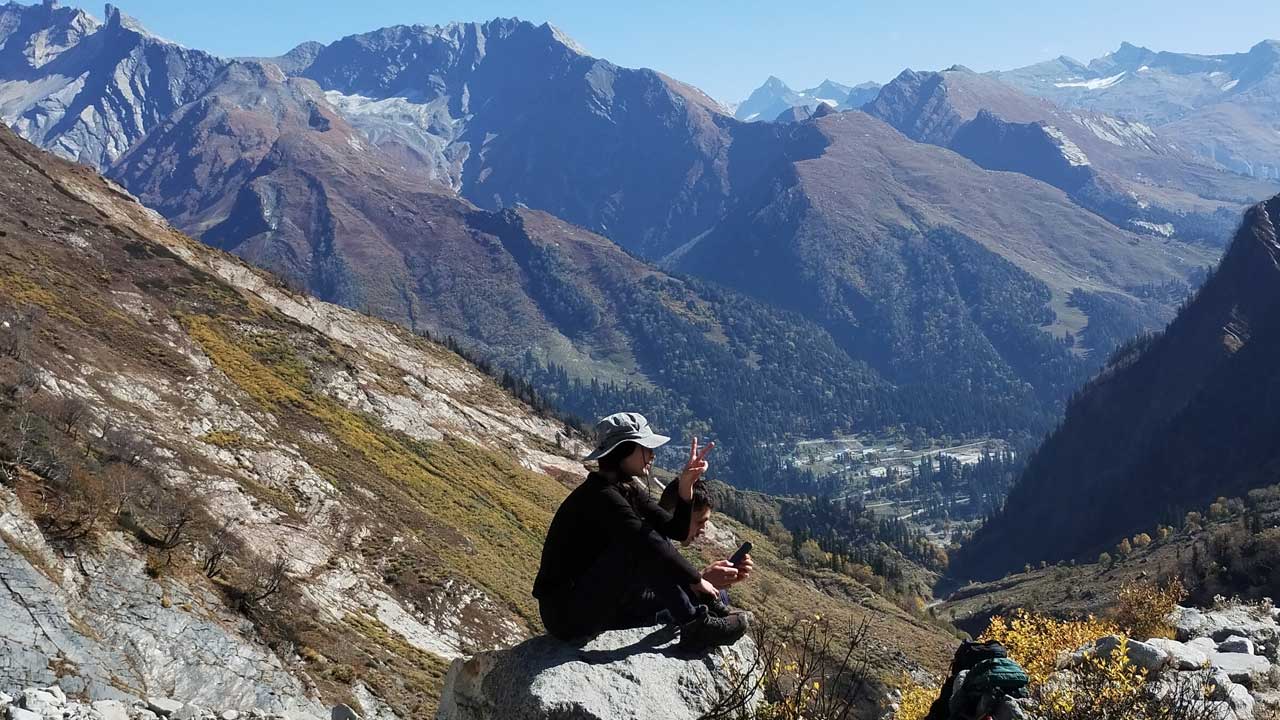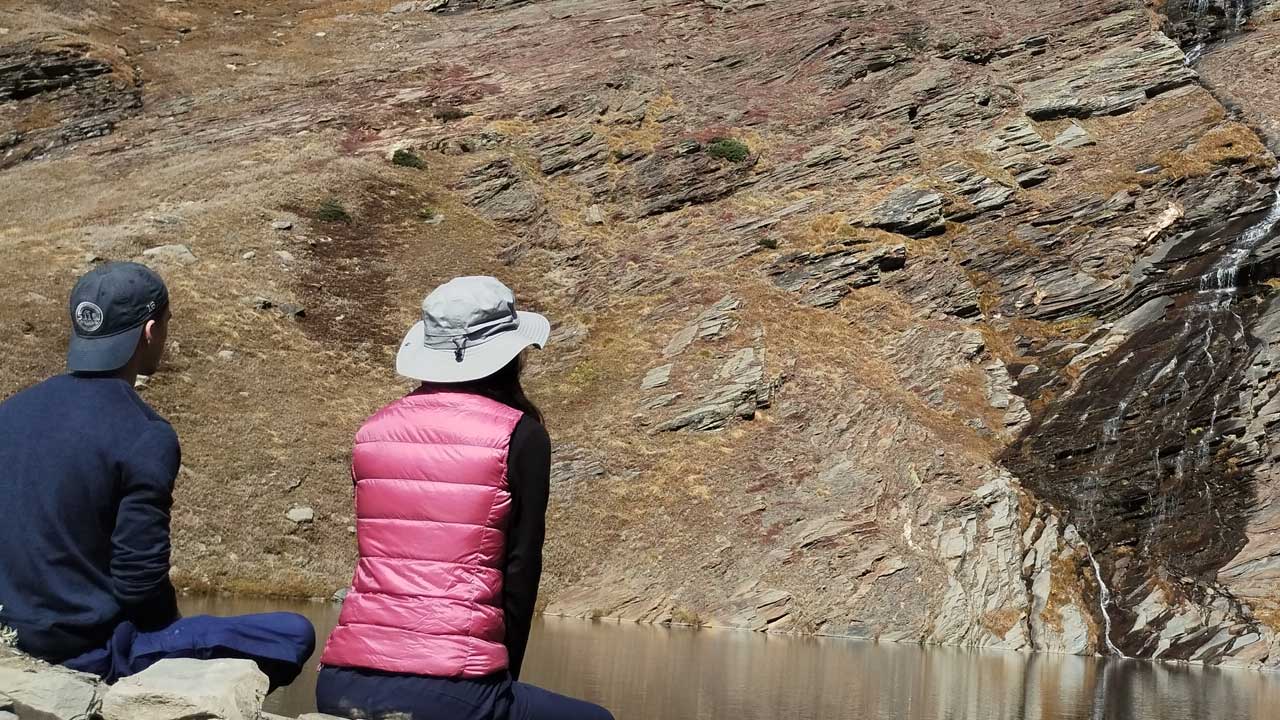5 Ways to Stay Calm During a Mountain Emergency
Athlete Health
Introduction
Mountaineering is thrilling, but it comes with real risks—avalanches, injuries, altitude sickness, whiteouts, and more. When things go wrong in the high mountains, your ability to stay calm can be the difference between a safe return and a tragic outcome.
At Ascent Descent Adventures, we’ve trained countless mountaineers and trekkers to respond with clarity and control—even in the harshest conditions. Whether you’re attempting any trek or navigating the steep slopes of any Pass in Pir Panjal Range, this guide shares 5 essential ways to stay calm during a mountain emergency.
1. Control Your Breathing Immediately
In any crisis, the first physiological response is rapid breathing, which triggers panic and clouds judgment. Taking control of your breath is the fastest way to regain composure.
Technique:
- Inhale slowly for 4 seconds
- Hold for 4 seconds
- Exhale for 6 seconds
- Repeat for 3–5 cycles
Why it works: Regulates oxygen intake, calms your nervous system, and improves cognitive clarity at altitude.
2. Assess the Situation Objectively
Avoid acting on impulse. Whether you’re lost, someone is injured, or weather changes suddenly, take a step back and observe the situation without panic.
Use the S.T.O.P. Method:
- Stop: Pause and breathe.
- Think: What are the dangers? What are the options?
- Observe: Check the group, environment, supplies, weather.
- Plan: Choose the safest, most logical course of action.
Whether you’re trekking solo or in a group, this method promotes rational decision-making under pressure.

3. Communicate Clearly and Calmly
In mountain emergencies, panic is contagious. If you’re leading or part of a group, your tone and words matter immensely.
What to do:
- Speak in short, clear sentences.
- Confirm everyone understands the plan.
- Encourage teamwork and assure people calmly.
If possible, use satellite phones (if permitted; not authorized in India), radios, or mobile networks to notify local authorities or the basecamp. ADA provides runners for critical operations on all remote expeditions for this reason.
4. Draw from Your Training
This is where your preparation and skills come into play. Whether you’ve taken a Basic Mountaineering Course or just practiced emergency drills, fall back on what you’ve learned.
Examples:
- Use knowledge of first aid for injuries or altitude sickness.
- Navigate using maps or GPS if lost.
- Pitch a shelter if you’re stuck in a storm.
Pro Tip: Always carry a compact emergency manual or download offline SOS guides on your phone.

5. Focus on One Task at a Time
Overwhelm sets in when we try to do too much at once. In emergencies, the key is breaking the situation down into manageable steps.
How:
- Prioritize: What needs to be done immediately (e.g., warm the hypothermic trekker)?
- Delegate: Assign roles if you’re in a group.
- Execute: Focus on one action at a time with full attention.
Staying task-focused prevents panic and allows for calm, methodical problem-solving.
Conclusion: Staying Calm is a Survival Skill
Emergencies in the mountains are inevitable—but panic is optional. By mastering breathing techniques, assessing situations rationally, communicating effectively, and relying on training, you can significantly increase your chances of survival and success.
At Ascent Descent Adventures, we train climbers and trekkers not just in physical skills—but also in mental resilience. From the Pir Panjal Range to the peaks of Himachal and beyond, staying calm is your first line of defense in a crisis.

The number one secret to making a right decision is to train your mind to stay in the present. And meditation is the tool.
Plan for Safety. Prepare for Adventure.
Explore our programs designed to build real-world skills in the Himalayas:
Adventure isn’t about avoiding danger—it’s about being ready for it.
Recommended Read for Mindset & Practical Tips:
- 5 Mental Shifts to Help You Succeed in Mountaineering
- 5 Lessons You’ll Learn from Your First Failed Attempt
- 5 Habits of Responsible Beginner Mountaineers
- 5 Things Your Instructor Won’t Tell You (But You Should Know)